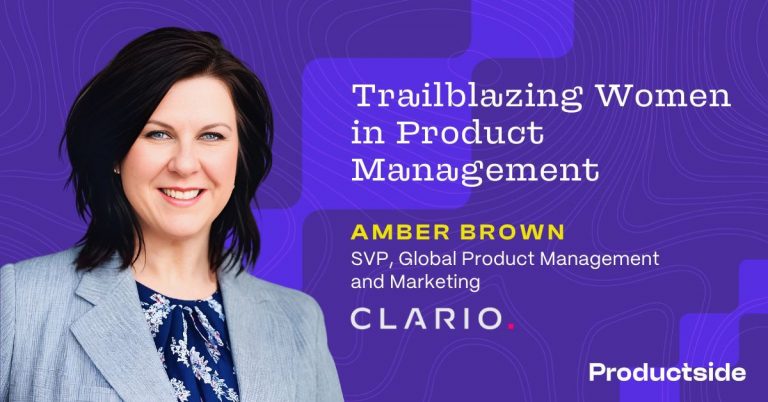
Product Marketing Rule #10 from the best-selling book, 42 Rules of Product Marketing, was written by Dennis Shiao, Director of Product Marketing, INXPO
In any conversation, whether it’s a sales pitch, a staff meeting or a chat over coffee, I find it more productive to listen, rather than speak.
As product marketers, we’re well equipped to communicate.
We craft messaging, position products, author white papers, deploy marketing campaigns and tweet to our heart’s content.
However, to be effective in product marketing, we need to listen as much as we speak. In fact, in any conversation, whether it’s a sales pitch, a staff meeting or a chat over coffee, I find it more productive to listen, rather than speak.
Why is that? Because by listening, I’m able to better understand the people “on the other side of the table,” listen to their thoughts and digest what they’re telling me. In a conversation, I can then process this information “on the fly” and sustain a productive exchange. Productive conversations and meetings simply cannot occur in the absence of listening.
In this era of constant connectivity and the “24 hour news cycle,” the social web has enabled an endless amount of status updates, wall posts, blog posts and online chatter. While part of our job as product marketers is to be a part of this “micropublishing” environment, we also need to shift from our fingers to our ears. Instead of typing on the keyboard, we need to open our ears, far and wide.
We can start with the social media channels we’re managing as product marketers.
These channels include Twitter, Facebook, LinkedIn and blogs, to mention a few. Set up searches for your company name and your company’s products, as well as key terms in your market. Also, be sure to search for mentions of your competitors and their products.
Next, look to the growing marketplace of social media listening tools. There are a wealth of offerings on the market, some for free, some available under a “freemium” licensing model and some you can license at a higher investment level. These tools can automate the listening for you, and alert you to mentions and conversations on the social web that you need to know about. For an example of social listening in the consumer market, look no further than Gatorade, which created an extensive Social Media Command Center in its Chicago headquarters. As a result of the social listening platform it employed, Gatorade says “it’s been able to increase engagement with its product education (mostly video) by 250% and reduce its exit rate from 25% to 9%.”
Social media listening platforms provide a low cost means to perform market research.
You listen to what customers and prospects have to say about your market.
And, by combining listening with a light amount of engagement, you can solicit input via social media, creating “virtual focus groups” online. By listening well, you understand the language that customers and prospects use to describe your products and services. From there, you can adapt your messaging and collateral and you can use the intelligence gained to optimize your Search Engine Marketing (SEM) campaigns.
Now that you’ve dedicated time for social media listening, you’ll be better prepared for your outbound communications. Your tweets on Twitter, posts to your Facebook brand page and postings to your blog are now optimized to speak in your customers’ language. Your communications also cater to the business challenges that your customers and prospects face. In fact, your “editorial calendar” (e.g. white papers, blog postings, videos, etc.) can and should be driven from intelligence gathered via your social media listening platform.
Create this “virtuous cycle” and your customers win. And that means that you win as well.
Product Marketing Rule #10 from the best-selling book, 42 Rules of Product Marketing


